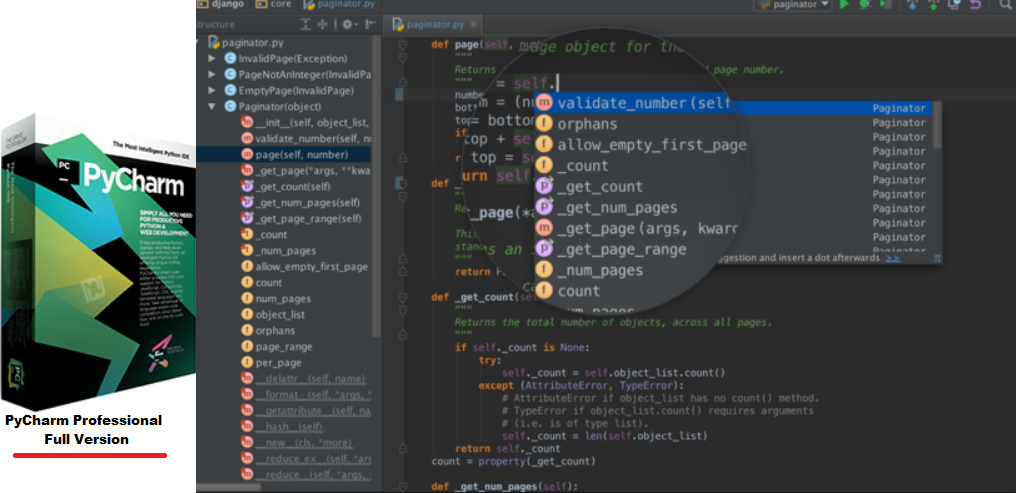
#Pycharm comment multiple lines code#
In Eclipse using PyDev, you can select a code block and press Ctrl +. In PyDev (and in Aptana Studio with PyDev ): - Ctrl + 4 - comment selected block. Press and it will add a comment to the first line. Now, press SHIFT + I to enable insert mode. use the down arrow to select multiple lines that you want to comment.

How do you comment multiple lines in P圜harm If the P圜harm IDE is used to write Python code select multiple code rows to comment and press keyshot Ctrl + / to comment all of them. Go to the line from which you want to start commenting. To be precise, a comment can be written in three ways - entirely on its own line, next to a statement of code, and as a multi-line comment block. I suggest that the multiline comment lesson is removed or replaced with the instructions from the official PEP8 - Block comments section. In Visual Studio, blocks can be commented out by Ctrl+K+C and uncommented by Ctrl+K+U. Commenting Multiple Lines First, press ESC. The only exception to the garbage collection fact is when they are placed immediately after a function or class definition or on top of a module, in which case they are called docstrings and made available via the special variable myobj._doc_.ĭue to the existance of docstrings I’ve seen a lot of people confused about the use of """ elsewhere.

hence are not ignored by the interpreter in the same way that #a comment is.

By regular strings I mean that if they are not assigned to a variable they will be immediately garbage collected as soon as that code executes. Triple quotes are treated as regular strings with the exception that they can span multiple lines. To add a multiline comment you could insert a for each line: Example. Python only has one way of doing comments and that is using #. Python does not really have a syntax for multi line comments. Now I work in a library, and quite enjoy a mostly non-stress job.As part of the Python course it is taught that in order to do a multiline comment one should use """triple quotes""". My normal profession was relational database and server admin, but I consider myself semi-retired and this is just for my own fun, edification, and utility. I’ve been coding for over 3 decades, but I’m new to Python and it’s a bit different. I use block quotes around the sample lines, and all is well.īTW, I use in-line comments all the time. Go to the line from which you want to start commenting. In languages where there are more than one type of comment, like JavaScript and. How do you comment multiple lines in text editor First, press ESC. The recommended way to comment out multiple lines of code in. There’s probably some way to disable it, but I don’t know how. Line comments are your standard ctrl + / on Windows/Linux or cmnd + / on OSX. Unlike other programming languages Python doesnt support multi-line comment blocks out of the box. I don’t have a clue what Jupyter is! I’m sure it’s quite nifty, but I have absolutely no need for the little piddly stuff that I’m doing right now. Select the text, Press CTRL + K, C to comment ( CTRL + E + C ) Move the cursor to the first line after the delimiter // and before the Code text. These strings are to be used carefully and should not be confused with. print ('Hello world') print ('Hello universe') print ('Hello everyone') print ('Hello campers') Output: Hello campers With this approach, you're technically making multiple single-line comments. Another way to add multiline comments is to use triple-quoted, multi-line strings. I copied samples of the file so I could more easily see what I’m dealing with, and it included a line that had %% at the beginning, which I commented out with a #, and the editor thought it was a Jupyter directive! To comment out multiple lines in Python, you can prepend each line with a hash ( ). I was using Microsoft’s Code editor working on a program that would read files, do some reformatting and testing, write ’em back out.


 0 kommentar(er)
0 kommentar(er)
